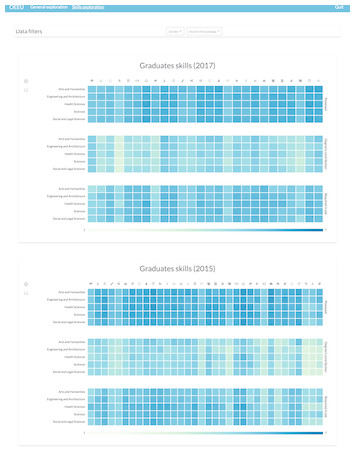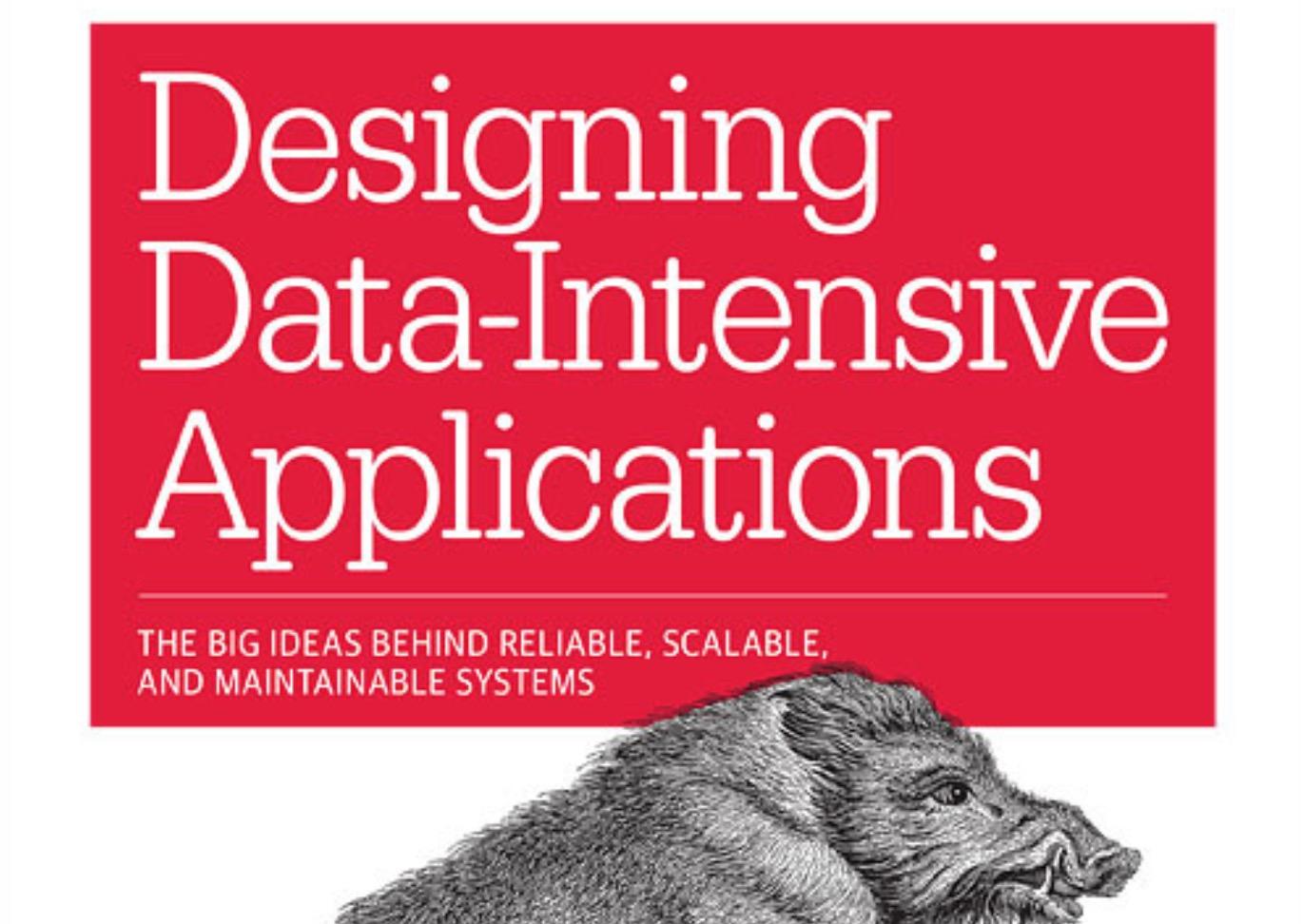

If you ever wondered how databases work internally, and how it affects what they can offer and what they cannot - that’s the part for you. The first one explains some fundamental ideas that we need for later chapters, including data models, query languages, storage engines and schemas. So what exactly is the book about? It’s divided into three parts. We could exchange our experience with the tools mentioned, discuss examples of applications where they would or would not be a good fit, and so on. Each topic is covered in great detail, each aspect is expanded, and each chapter followed by several pages of references to back it up, until we’re sure we know the answers to the following questions: What is the specific problem we’re talking about? Why does it occur? Which types of applications are most strongly affected? In which use cases do you really have to worry about it, and when can you consider it low-priority? What algorithms or approaches are possible? What are the pros and cons of each? What are the compromises you have to make? The book was a very good fit for our reading club format, because each part we read was a good base for discussion. For that understanding, we have to dig deeper than buzzwords.Īnd indeed, we do go deeper. However, as software engineers and architects, we also need to have a technically accurate and precise understanding of the various technologies and their trade-offs if we want to build good applications.


> The buzzwords that fill this space are a sign of enthusiasm for the new possibilities, which is a great thing.

The book offers a comprehensive journey through problems that many modern applications face - large user and data volumes, complexity and distribution, with expectations of high availability and good performance at all times. For this reason, for our fifteenth book we have decided to go for “Designing Data-Intensive Applications” by Martin Kleppmann, which happens to have a quite high Goodreads score for a technical book - and it has totally lived up to the expectations. After reading Uncle Bob’s “Clean architecture” last time, which fell into the latter category, we were hungry for something more “meaty” - practical, detailed, with concrete use-cases, and a little more low-level. On the other hand, if you pick something too general, you may find that everyone agrees and there’s nothing to discuss. You may end up with a publication so focused on a narrow area that it will only be interesting for a small group of people. The idea is that we choose a technical* book to read together, chunk by chunk, and meet weekly to discuss it.Ĭhoosing a good book for a reading club is not a trivial task. Three years ago at SoftwareMill we have started having regular reading clubs. Photo by Eugenio Mazzone on Unsplash Why this book?


 0 kommentar(er)
0 kommentar(er)
